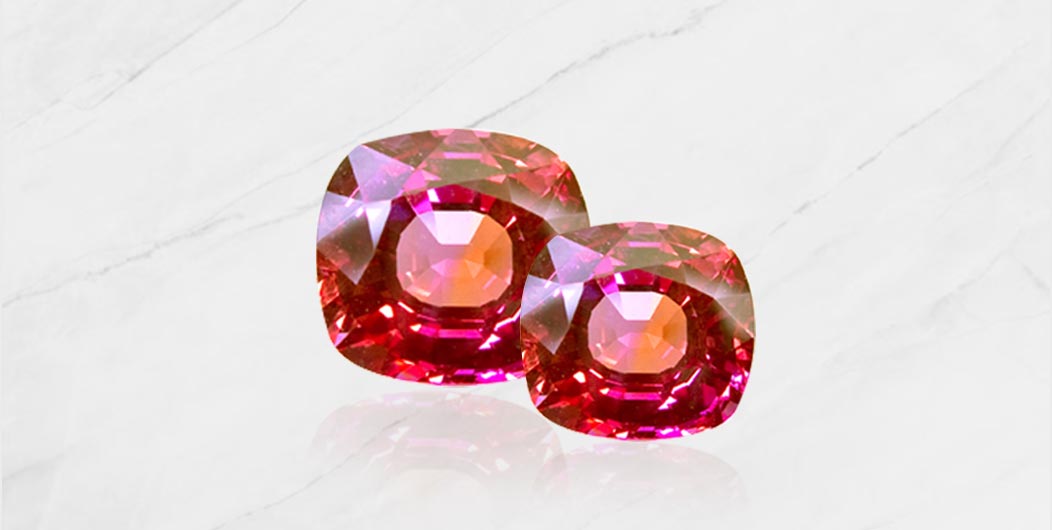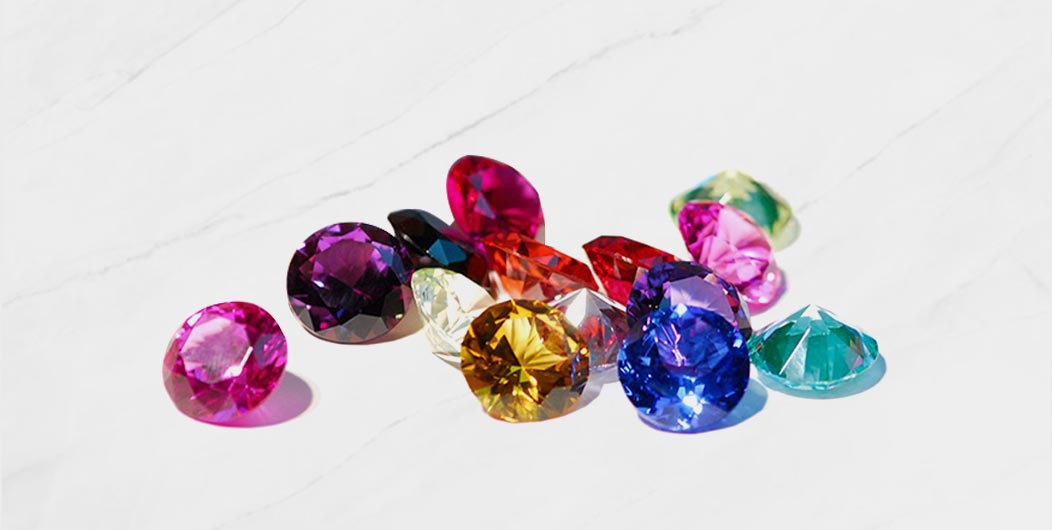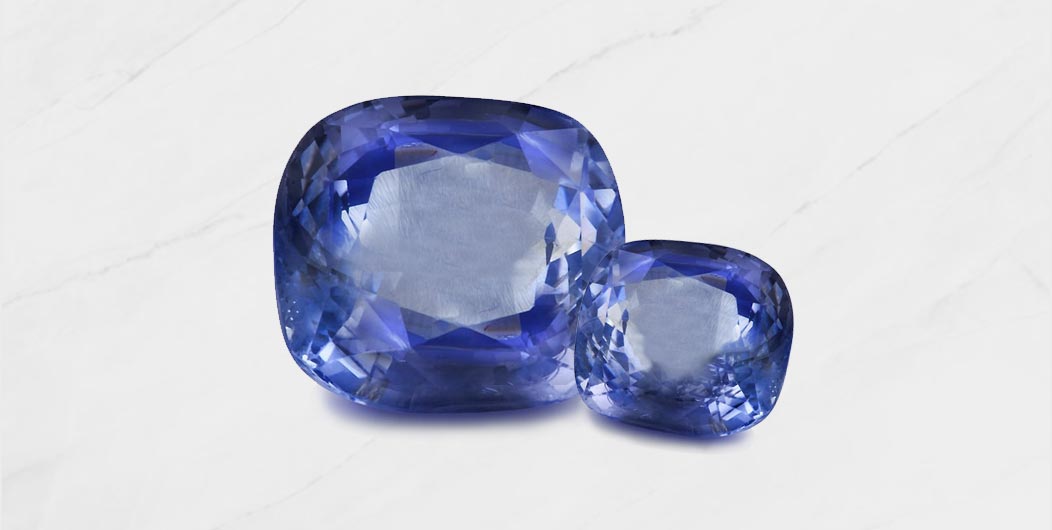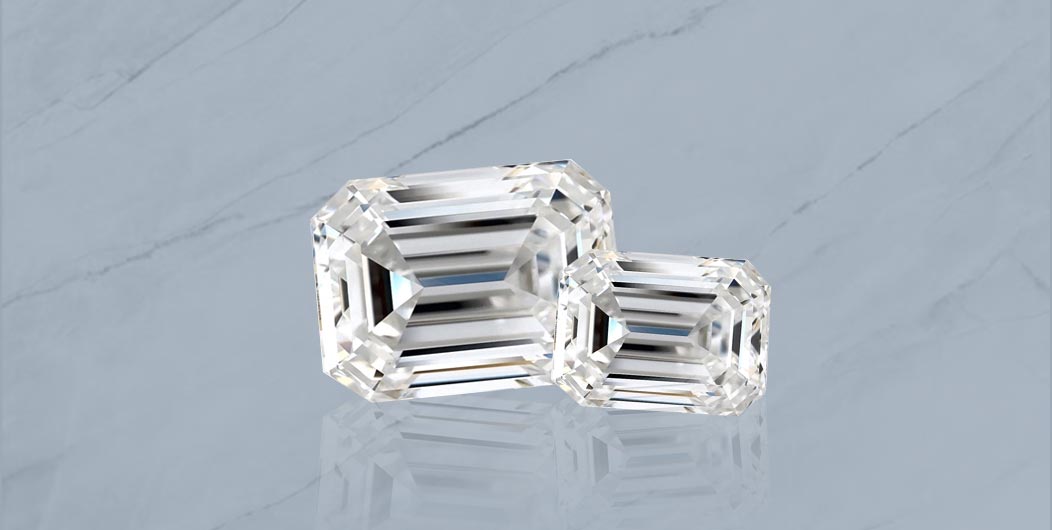While Sri Lanka is celebrated around the world for our vast range of gemstones, there is a special historical bond between Sri Lanka and its sapphires. Acclaimed around the world with the unique geographical indication of Ceylon Sapphires, sapphires from Sri Lanka are found in various colours and sizes, with the exception of the colour indigo.
Today, Sri Lanka is one of the largest sources of sapphire to the global market with over 300 mid-scale gemstone suppliers and lapidaries serving the growing demand for Sri Lankan gemstones.
Not only Sri Lanka is the most productive source of sapphires to the world, but we also boast of some of the oldest mines in the world, reaching as far as the Second Century AD and international trade of Ceylon Sapphires have been recorded as far as the 4th and 5th century AD.
Sapphires are some of the most sought after and expensive gems in the world triggered by a global trend of sapphire based engagement rings worn by historical figures like Empress Josephine of France and Late Lady Diana, Princess of Wales.
In addition to their ornamental purposes, sapphires are also used in purely functional applications, such as infrared optical components, high-durability windows, wristwatch crystals and movement bearings, and very thin electronic wafers, which are used as the insulating substrates of special-purpose solid-state electronics such as integrated circuits and GaN-based blue LEDs.
Primarily mined from Alluvial deposits, the majority of Sri Lankan corundum are variants of Geuda and Ottu and is commercially known under three variants; namely sapphires, rubies and Padparadscha sapphire. In fact, the name sapphire can apply to any corundum that’s not red and doesn’t qualify as ruby, another much sought after corundum variety.
Besides blue sapphire and ruby, the corundum family also includes gemstones known as fancy sapphires which are found in violet, green, yellow, orange, pink, purple, and intermediate hues. Fancy sapphires can also be particoloured sapphires that show combinations of different colours. Some stones exhibit the phenomenon known as colour change, often altering between blue under the daylight or fluorescent lighting to purple under incandescent light.
In addition, corundum can result in sapphires that are also white, grey, black, or brown. Corundum also shows a phenomenon called asterism or the star effect, which usually appears as a six-ray star pattern across a cabochon-cut stone’s curved surface. Most visible in any colour of sapphire, it arises from white light reflecting from tiny, oriented needle-like inclusions. Sri Lanka is also a source of large star sapphires of premium quality and some of the largest star sapphires in the world including the Star of Adam.

For more than 100 years, reference has been made to a unique sapphire, the colour of a lotus blossom, the padparadscha among the global gem community. According to mineralogy literature, Padparadscha or King Sapphire blends pink and gold to produce a stunningly beautiful sapphire.
Historically known as the rarest and the most valuable corundums found in Sri Lanka, the Padparadscha sapphire, features a delicate combination of pink and orange, a hue in between a ruby and a yellow sapphire, resembling the tips of a new lotus flower at the dawn, the name derives from the Sanskrit term padmaraga for lotus blossom.
Although sapphires with pinkish and orange hues are also found in other countries, Sri Lanka is considered to be the true source for Padparadscha due to their unique colour hues and zones and purists believe that only the natural gem corundum with pinkish-orange hues sourced from Sri Lanka are fitting to be called padparadscha or padmaraga.
As per the Laboratory Manual Harmonisation Committee (LMHC) standards published in 2005 “Padparadscha sapphire is a variety of corundum from any geographical origin whose colour is a subtle mixture of pinkish-orange to orangey pink with pastel tones and low to medium saturation when viewed in standard daylight.
A definition which has since narrowed the grid of padmaraga gems available in the global market, providing them with a high market value and demand and providing Sri Lankan sapphire dealers with a unique advantage,

Corundums can occur in a large variety of colours and have one of the greatest natural colour ranges in mineralogy. It occurs in hues of red, orange, yellow, green, blue, and purple and any sapphire other than the colour of blue or pinkish and orange hue is known as a fancy coloured sapphire.
Ceylon sapphires also come in various colours and shades including yellow and gold sapphires, green sapphires, lavender sapphires.
The Pink Sapphires found in Sri Lanka are known as the ‘Hot Pink Sapphire’ or the ‘Sri Lanka Ruby’. The rare Green Sapphires found in Sri Lanka has a brown and black hue that has not been discovered among the green-hued sapphires mined in other gem-producing countries in the world while the Ceylon Lavender Sapphires contain the most delicate shades of violet.
The increased availability of fancy coloured sapphires from Sri Lanka and other gem producing countries in the global market had given rise to a contemporary design trend of coloured engagement rings as an alternative to diamonds.
With a hardness of 9, a one less than diamonds, sapphires are among the hardest natural non-diamond gems, which make them excellent jewellery stones, especially for engagement rings.

While sapphires account for 85% of the 130 precious gemstone varieties mined in Sri Lanka, none of the Ceylon Sapphire varieties is as popular around the world as Ceylon Blue Sapphires, gem corundum that displays a celebrated shade of blue comparable with the hue of cornflowers.
Ceylon Blue Sapphires are mostly mined from primarily alluvial deposits located in the highland complex of Sri Lanka. Rough sapphire from the Elahera region is reputed to be the best of quality while new rich deposits were found in the Kataragama klippe in the Thammannawa, Kataragama area.
Catapulted to global fame through a series of famous stones found throughout the centuries, the country is also a popular destination for large blue sapphires and blue star sapphires over the size of 100 carats.
Widely identified for its characteristic lighter and brighter blue, Ceylon Blue Sapphires were traded around the world as far as the 2nd Century A.D and had been acclaimed for their clarity and saturation.
Since ancient times, the most valued blue sapphires were velvety blue to violetish blue, in medium to medium-dark tones. Even in today’s global market sapphires with similar qualities command the highest prices per carat.
At present, some of the world’s largest blue sapphires and star sapphires have originated from Sri Lanka including Blue Giant of the Orient, Logan Sapphire, and the Star of Adam and Ceylon Blue Sapphires are celebrated worldwide for clarity, transparency and saturation.

In its purest form, corundum, the original stone of sapphire is actually colourless. Yet colourless corundum is more of a rarity than expected since even a minuscule presence of colour causing elements can occur in a colour sapphire,
Colourless white sapphires were once popular diamond substitute and are making a comeback as accent stones in recent years. Although less popular among consumers in comparison to its blue and hued cousins, natural white or colourless sapphires from Sri Lanka are being increasingly traded in global gem markets and are used in engagement rings as an affordable and ethical alternative to diamonds, due to their rarity and unprecedented clarity.
Since ancient history, Sri Lankan gem cutters had sought the help of heat treatments to correct the irregularities in colour when the raw sapphire stone contained hints of rutile. Once treated at charcoal hearths with the help of blowpipes, the stones today undergo heat treatment at over 1,000 Celsius using scientific techniques and burners, transforming the stones into more transparent colours. The blue hue of Geuda is typically achieved through heat treatment at around 1,500 Celsius, with the optimum colour, transparency and lustre generated at around 1,750 Celsius.
Ceylon sapphires are also being heat treated with beryllium to create vivid blue and bright yellow sapphires from pale and poorly coloured material, which had been fetching high prices and rising demand in the global gem market.